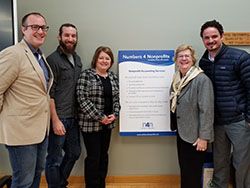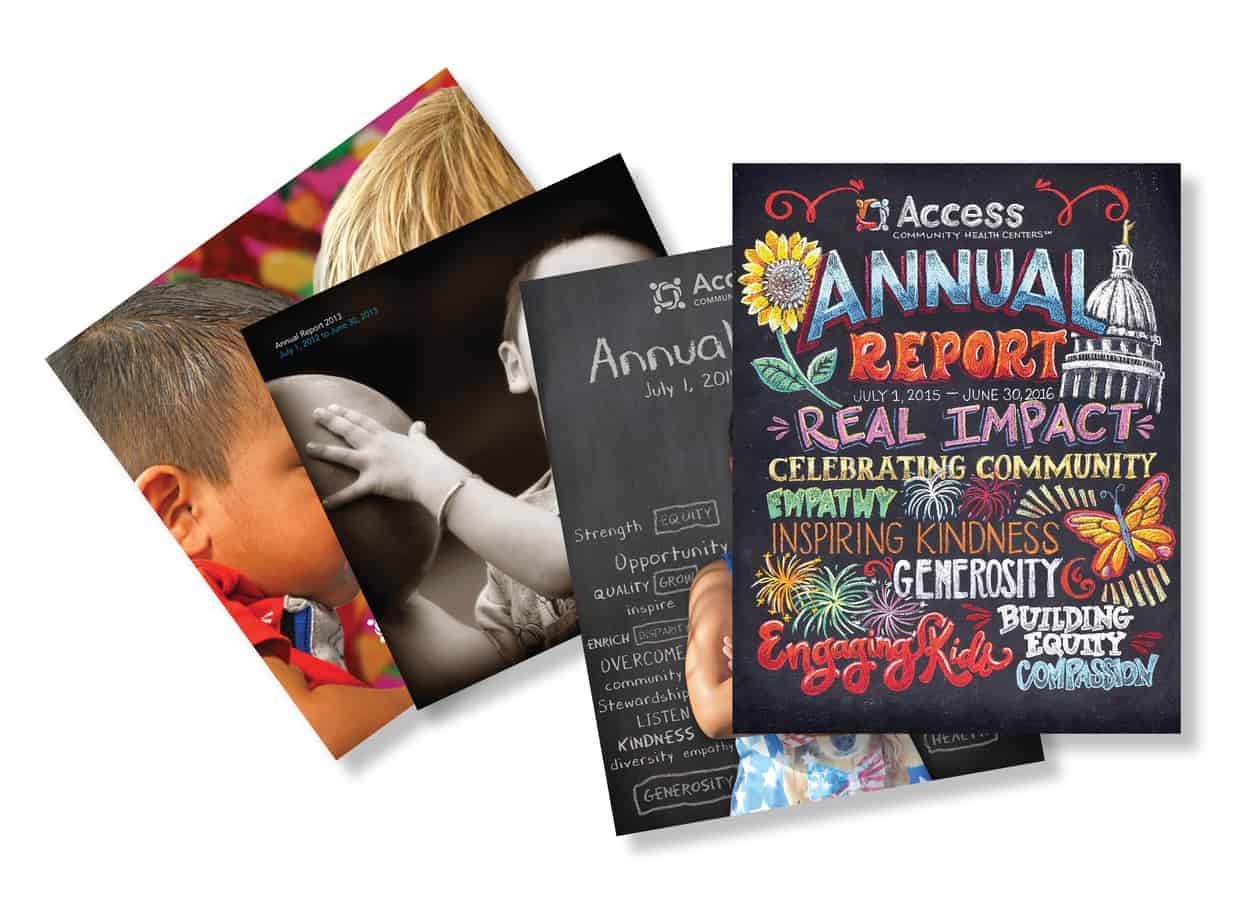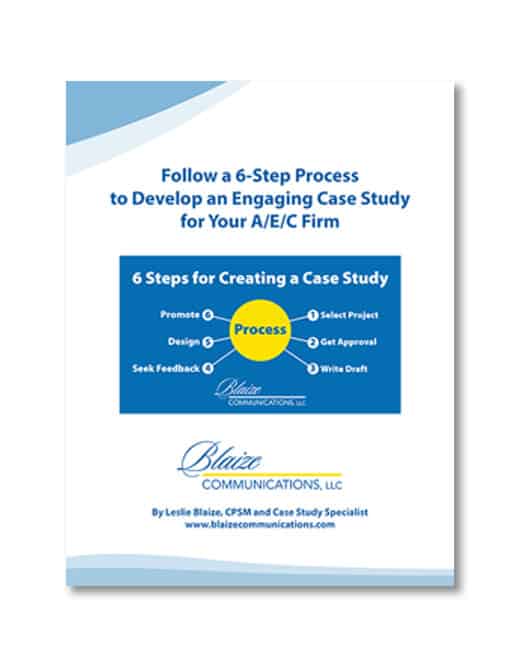I just agreed to participate in a panel discussion on the development of nonprofit annual reports. I’ve written lots of long-form pieces, but not annual reports.
How can I prepare so I offer good value to attendees?
After taking a deep breath, I considered my next steps. It was time to implement some best practices for presentation preparation. Our panel would address the following areas of report creation: content, design, photography and printing.
Here’s how we prepared for the successful event, coordinated the presentation and shared publicity via social media channels.
Check out these five steps for maximizing your presentation for the benefit of organizers, attendees and speakers.
1. Know Your Audience
Do you know what attendees care about? You may think you do but ask them. Before our presentation, Numbers 4 Nonprofits, the organizer, reached out to potential program attendees. They responded with a dozen different questions regarding annual reports, including:
- Should you create a digital or printed report?
- What are the required components of an annual report?
- How do you make an annual report “sing,” so it’s readable and useful?
- How long should It be?
I turned to my network to help me address the members’ queries. Melissa Carlson, Melissa Carlson Creative, who led our panel, also obtained input from Access Community Health Centers, her client. As with most issues, there’s no set answer. A nonprofit’s annual report will reflect its budget and membership. We used members’ concerns as a basis for our presentation and offered additional information.
2. Coordinate with Your Fellow Panelists
Get to know your fellow panelists before the presentation. If you’re relaxed, the audience will sense your camaraderie. I would recommend at least a conference call with your fellow panel participants, so you get to know each other before the event.
Our panel included Carlson plus Kyle Wege, Crimson Sun Studios, and Robert McClean, a printer. We had the luxury of meeting twice before the presentation. Through our preparations, we agreed on general topics each person would address and set timeframe.

Event organizer Nicholas Curran, Number 4 Nonprofits, is pictured with Kyle Wege, photographer; Melissa Carlson, graphics; Leslie Blaize, copywriter; ad Robert McClean, printer.
3. Bring Samples
Sample annual reports reinforced our message of utilizing quality content and photos to engage a nonprofit’s stakeholders. Carlson’s examples showed how her client used a similar format for two years to cut down on development time and expense.
We also distributed a handout summarizing comments from our nonprofit contributors and listing contact information for the panelists.
McClean printed the handouts on matte and glossy paper to demonstrate the difference.
4. Engage Your Audience – and Take Photos
Because of our preparation, our panelists were ready to go on the appointed day. We allocated 30 minutes for our prepared remarks and another 30 minutes for questions and answers.
Nick Curran, CEO of Numbers 4 Nonprofits, encouraged audience participation. We filled the hour with recommendations for the development of top-notch annual reports.
Captivate Readers with Stories and Photos
Throughout our talk, we emphasized the need for nonprofits to engage their supporters by using quality content and photos plus significant metrics.
We recommended that organizations select an annual report format that reflects their budget and goals.
- For a low-cost option, print postcards that direct readers to the full report online
- For higher budgets, mail a full-color annual report to supporters and prospects
Carlson noted that it’s better to have a well-designed eight-page report than a longer one that’s poorly designed.
The panel encouraged nonprofits to seek good stories and related photos throughout the year. Both require obtaining approval from participants.

Visitors to a REACH-A-Child fundraiser tour a University of Wisconsin Med Flight helicopter. The nonprofit’s mission is to get books into the hands of first responders to give to kids in crisis. (Crimson Sun Studios photo)
When hosting events, Wege suggested that participants obtain a photo release from attendees during registration. Organizers also could post an announcement at an event, noting that photos will be taken for promotional purposes.
Seek Print Quotes Early
McClean recommended that participants seek print estimates during the development stage so they can budget for this expense. Does a nonprofit want an 8- or 16-page annual report or something else? They also can seek paper samples to match the look they desire.
5. Don’t Forget Post-Event Publicity
Maximize your participation in an event. Obtain permission from your panelists and client, and then post-event photos as soon as possible. Tag individuals in your image, plus the organization that invited you to speak and the venue.
You may want to take a group photo that includes the speakers with the audience in the background to maximize the number of people – and links – in your photo.
Once you post your message on one social media channel, edit it, as needed, for other channels. Encourage sharing. After the event, thank your organizers and attendees, if their contact information is available.
What’s Next?
Now that you’ve prepared for one talk, how can you use it as a basis for another?
Our panel gave an abbreviated version of our annual report presentation at our networking group. We adjusted our message to address our group’s concerns as business owners. If a future opportunity arises, we’re ready to go.
Do you have some useful information to share? Consider presenting at a business lunchtime event or industry conference. Moderate or participate on a panel to get exposure without having to present alone.
Stay Top of Mind
What’s the benefit of presenting? If you offer valuable information, attendees see you as an expert. Then they may think of you the next time they need your services.
How do you prepare for presentations?


